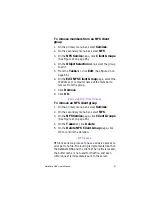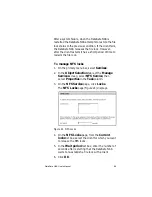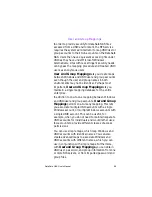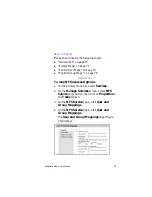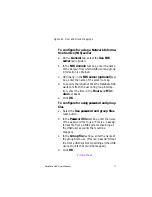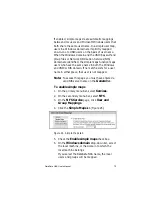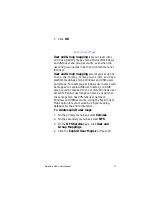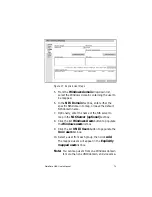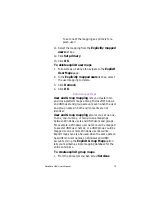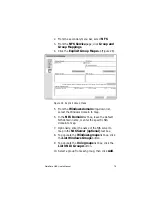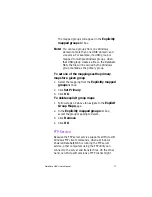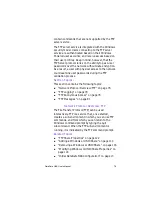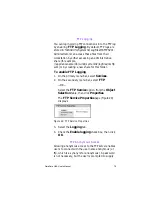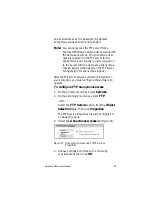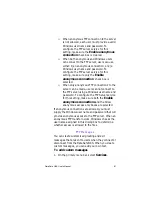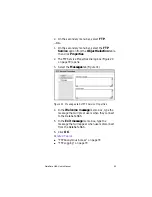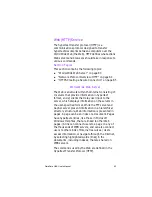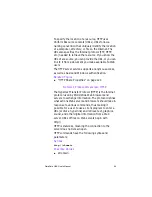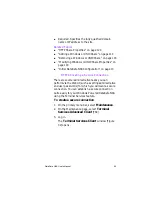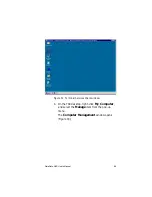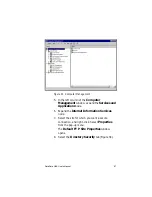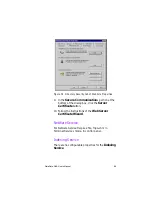
DataSafe NAS User’s Manual
73
7. Click
OK
.
Explicit User Maps
User and Group mapping
lets you create inter-
and cross-platform maps among Microsoft Windows
and UNIX user and group accounts, even when the
user and group names in both environments are not
identical.
User and Group mapping
also let you set up one-
to-one, one-to-many, or many-to-one inter- and cross-
platform mappings among Windows and UNIX users
and groups. For example, a Windows user name could
be mapped to several UNIX user names, or a UNIX
group could be mapped to one or more Windows user
accounts. Explicit user maps can also be used when
the same person has different user names on
Windows and UNIX accounts. Using the Explicit User
Maps option lets you maintain a single mapping
database for the entire enterprise.
To create explicit user maps
1. On the primary menu bar, select
Services
.
2. On the secondary menu bar, select
NFS
.
3. On the
NFS Service
page, click
User and
Group Mappings
.
4. Click the
Explicit User Maps
tab (Figure 27).
Summary of Contents for DataSafe Network Device
Page 1: ......









